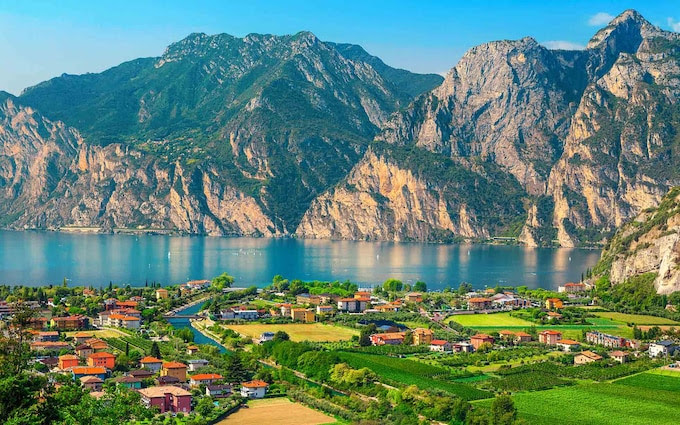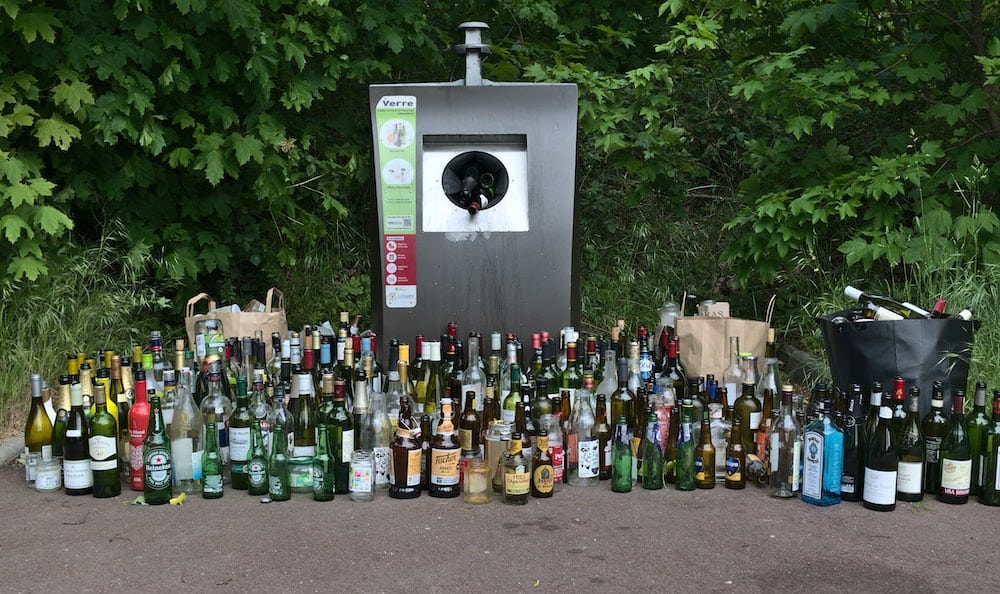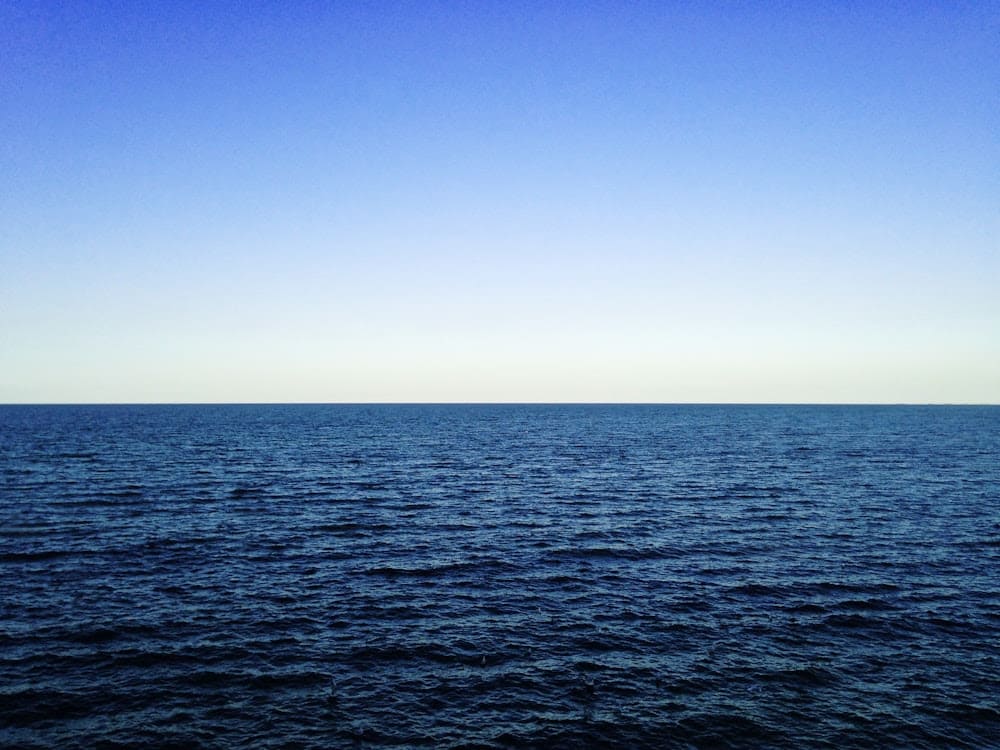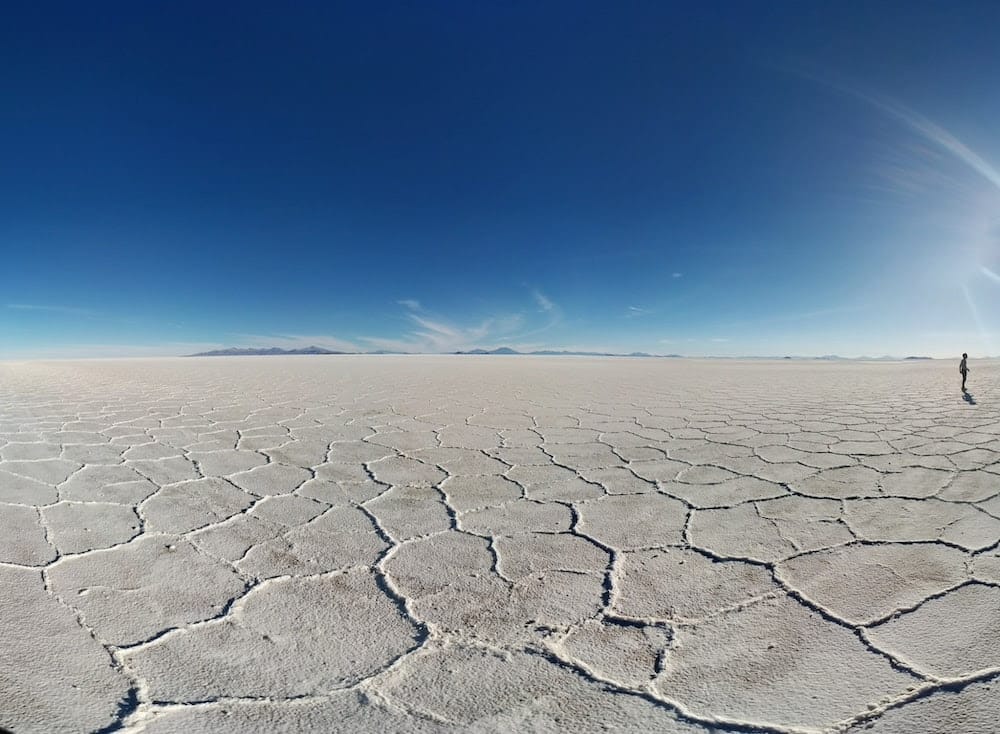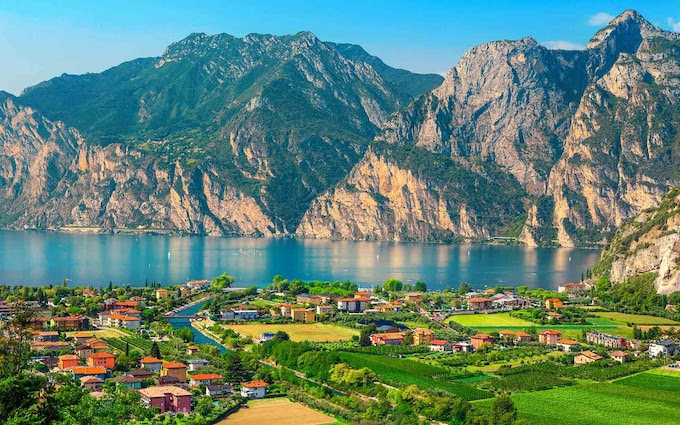
This beauty located in the southwest of Lake Garda, this small island dotted with cypress trees with deserted shores, which was only reachable by boat in the past, attracts entire families, who came to see the damage to climate change.
“It’s a beautiful sight, but sad at the same time, because it’s due to the drought. We hope it will be short-lived,” says Alberto Pampuri, a 62-year-old pensioner who came by bike from Brescia, about 40 km from the lake, with his wife and two friends.
This event is reminiscent of the floating bridges erected in 2016 by the artist Christo on Lake Iseo, “but they were artificial pontoons, whereas here it is a natural work of art!” enthuses Agata Carteri, a 48-year-old teacher.
No snow on the surrounding mountain peaks, no rain for six weeks, and mild temperatures: this explosive cocktail has brought the water level of Italy’s largest lake down to its lowest level in 30 years during the winter.
In addition, the water of the lake is 44 cm above hydrographic zero, its historical reference point, compared to 107 cm last year, and is thus 60 to 70 cm below the average of the last decades.
Italy experienced a record drought in the summer of 2022, which decimated crops, and northern Italy is again showing worrying signs. The waters of the Po, Italy’s largest river, are at their lowest, as are Lake Garda, but also Lakes Maggiore and Como.
There was a time when Matteo Fiori used to cross the bay of Manerba del Garda on foot to reach the island of San Biagio, lifting his backpack over his head to protect it from the waves.
“The water was up to my chest, it was an adventure,” said the 45-year-old social worker, who came to admire the phenomenon of this isthmus that emerged from the waters with his wife and three children.
On the other hand, the tourists arrive by thousands and this unhoped-for month of February, is a godsend for the small commune of Manerba del Garda: “The island became an attraction appreciated out of season which makes known more our lake”, comments the AFP its mayor, Flaviano Mattiotti.
“If the level of the lake does not rise in the spring, we are ready to dredge the harbors to facilitate the access of tourist boats, which would be a first,” he says.
Lake Garda is a mecca for Italian tourism and last year, Lake Garda welcomed nearly 30 million people, about 40% of whom were German-speaking, coming from Germany, Austria or Switzerland.
“It’s like walking on water,” marvelled Afra Vorhauser, who came from Alto Adige, a German-speaking Italian region on the borders of Austria, after walking the thin strip of land. “As soon as I saw a report about the island on the German TV news, I decided to come”.

This small island is also known as “Rabbit Island”, families picnic on the grass, under a beautiful winter sun, or walk on the barren beaches. Children climb on the rocks and ricochet stones on the water.
There are several attractions including the Caves of Catullus, the remains of a Roman villa at the tip of the Sirmione peninsula, part of which has surfaced.
Anyway, “for tourists, nothing changes, because the lake is still 136 meters deep on average, they can surf, sail or swim at will,” reassures Pierlucio Ceresa, secretary general of the organization Comunità del Garda, responsible for water quality.

